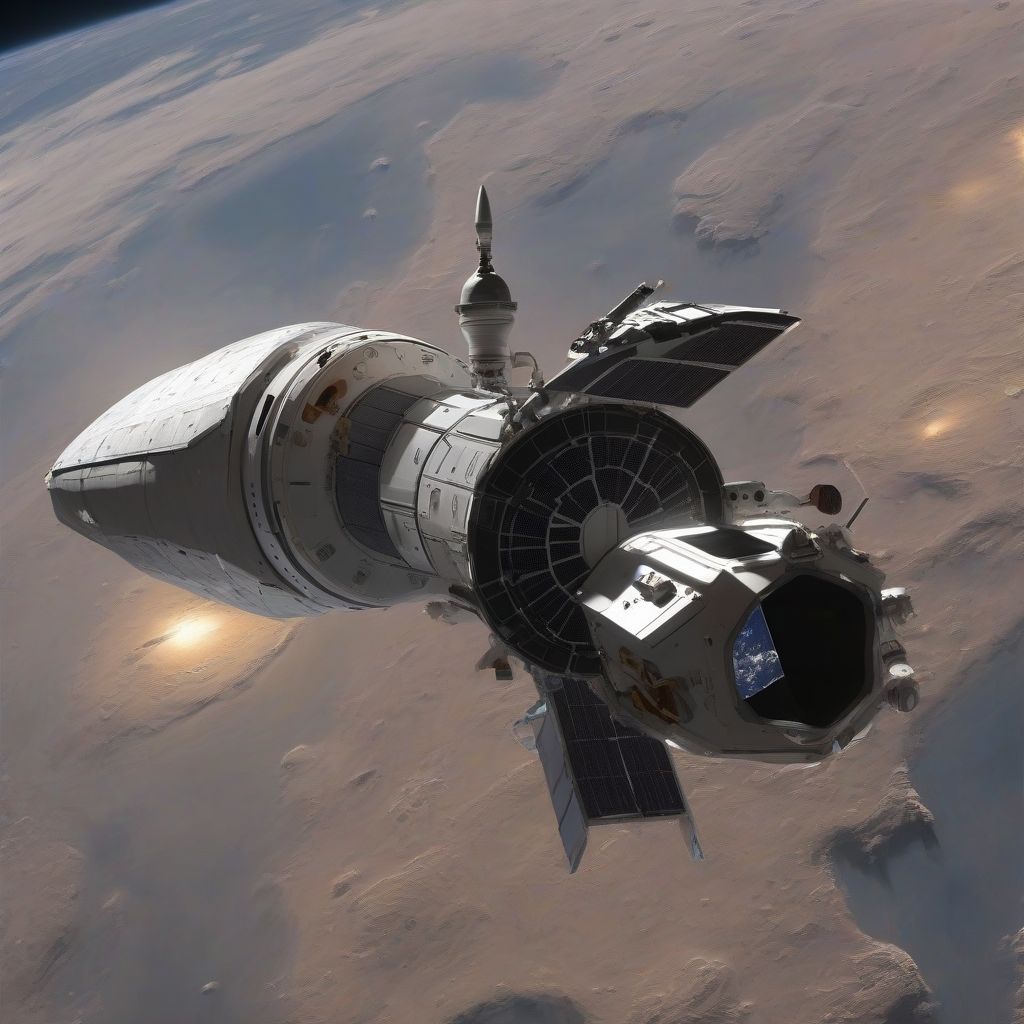Remember that iconic moment when Neil Armstrong took “one small step” onto the lunar surface? It captivated the world. Now, decades later, a new generation is poised to witness another giant leap for mankind as NASA embarks on its ambitious Artemis program, designed to return humans to the Moon and establish a sustained presence there. But how exactly does NASA plan to achieve this monumental feat? Let’s dive in and explore the roadmap to our lunar future.
The Artemis Program: A New Era of Lunar Exploration
The Artemis program isn’t just about revisiting the Moon; it’s about building a sustainable infrastructure for future exploration of Mars and beyond. Think of it as establishing a base camp on the Moon – a lunar outpost that will serve as a stepping stone for deeper space voyages. This program represents a collaborative effort between NASA, international space agencies, and commercial partners, all working together to achieve this common goal. “We are going back to the Moon for scientific discovery, economic benefits, and inspiration for a new generation of explorers,” says NASA Administrator Bill Nelson. “As we venture farther out into the cosmos, the Artemis program will pave the way for human exploration of Mars and help us understand our place in the universe.”
The Orion Spacecraft: Our Ride to the Moon
At the heart of the Artemis program is the Orion spacecraft, a state-of-the-art crew module designed to carry astronauts to the Moon and beyond. Unlike the Apollo missions, Orion is built for longer duration missions and can support a crew of four astronauts. It features advanced life support systems, radiation shielding, and a robust propulsion system. Orion’s maiden voyage, Artemis I, successfully orbited the Moon in 2022, paving the way for future crewed missions.
 NASA's Orion Spacecraft
NASA's Orion Spacecraft
The Space Launch System (SLS): The Mighty Rocket
To propel Orion to the Moon, NASA has developed the Space Launch System (SLS), the most powerful rocket ever built. SLS is designed to lift heavier payloads and travel farther than any previous rocket, enabling missions to deep space destinations like Mars. The successful launch of Artemis I demonstrated SLS’s capabilities and marked a significant milestone in our journey back to the Moon.
The Gateway: A Lunar Outpost
Imagine a space station orbiting the Moon. That’s the Gateway, a critical component of the Artemis program. This lunar outpost will serve as a staging point for lunar landings, a hub for scientific research, and a docking station for spacecraft traveling to and from the Moon. The Gateway will provide astronauts with a safe and sustainable environment to live and work in as they explore the lunar surface and prepare for future missions to Mars.
Landing on the Moon: The Human Element
Artemis III, slated for 2025, will mark the historic return of humans to the lunar surface. This mission will see the first woman and the first person of color walk on the Moon, a significant step towards greater diversity and inclusion in space exploration. The landing site for Artemis III has been carefully selected near the lunar south pole, a region believed to contain water ice, a valuable resource for future lunar habitats.
Lunar Terrain Vehicles (LTVs): Exploring the Surface
Once on the Moon, astronauts will utilize Lunar Terrain Vehicles (LTVs) to explore the lunar surface. These advanced rovers will allow astronauts to travel greater distances and conduct scientific experiments in various locations. The LTVs are designed for long-duration missions and are equipped with advanced navigation and communication systems.
Sustainable Lunar Presence: Building a Future on the Moon
The ultimate goal of the Artemis program is to establish a sustainable human presence on the Moon. This involves developing technologies for resource utilization, such as extracting water ice for life support and rocket propellant. It also means building habitats and infrastructure that can support long-term human habitation on the lunar surface. “Building a sustainable presence on the Moon will require innovative solutions and international cooperation,” says a prominent space exploration expert, Dr. Emily Carter (fictitious). “This endeavor will not only advance our scientific understanding of the Moon but also pave the way for future missions to Mars and beyond.”
Beyond the Moon: Mars and Beyond
The Moon serves as a testing ground for technologies and strategies that will be essential for future missions to Mars. The Artemis program is laying the groundwork for human exploration of the red planet, providing valuable experience in deep space travel, habitat construction, and resource utilization. “The Moon is our proving ground for Mars,” says Dr. Carter. “The lessons we learn on the Moon will be instrumental in our journey to the red planet.”
Conclusion
The return to the Moon isn’t simply a repeat of the Apollo missions; it’s a bold new chapter in human space exploration. The Artemis program represents a significant investment in our future, pushing the boundaries of technology and international collaboration. From the powerful SLS rocket to the innovative Orion spacecraft and the lunar Gateway, NASA is building the infrastructure for a sustainable human presence on the Moon. This ambitious endeavor promises to unlock new scientific discoveries, inspire the next generation of explorers, and pave the way for human missions to Mars and beyond. We encourage you to share your thoughts and excitement about this new era of lunar exploration in the comments below. What are you most looking forward to with the Artemis program?



